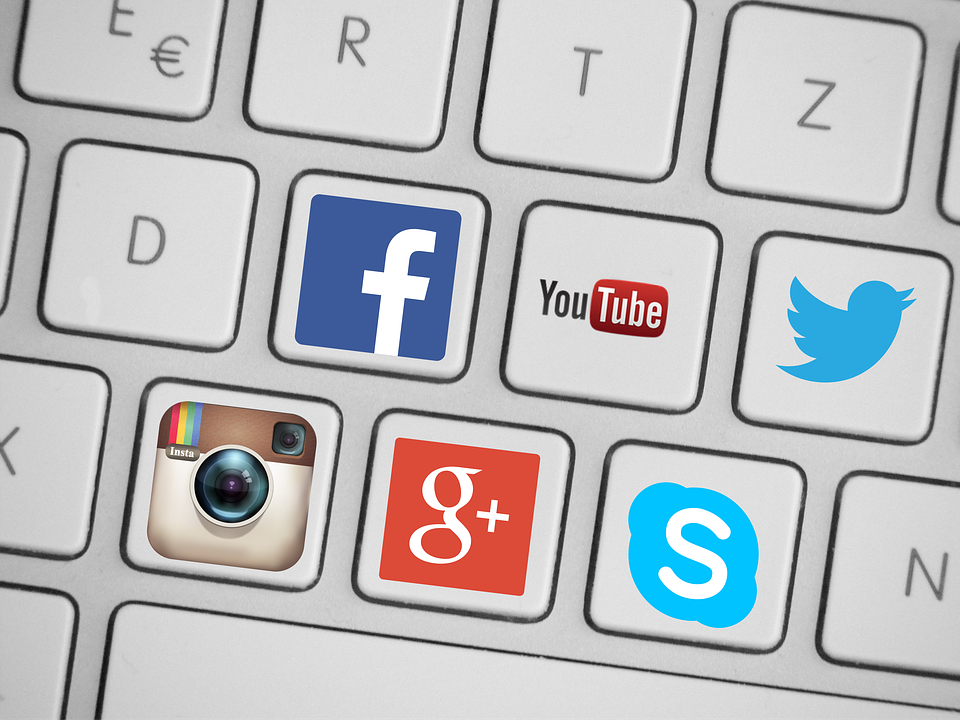
Web 2.0 Tools | Web 2.0 Examples, Technology, Features
Web 2.0 tools
When we talk about Web 2.0 tools or the Social Web, we refer to a model of Web pages that facilitate the transmission of information, interoperability and collaboration among its users, through a design focused on their needs, rather than those of the company. In other words, it is a trend on the Internet that advocates a more interactive network, less one-sided, in which users do not occupy a merely passive role.
Web 2.0 is a step forward in the evolution of the Internet, to incorporate the user as an active agent in its operation, and not as a mere client or recipient of the information. This happens through dynamic websites, in which the user is allowed to interact, generate content, or be part of virtual communities.
Some examples of Web 2.0 pages are social networks, wiki, Internet sales pages or other collaborative projects in which users must generate content and not simply consume it.
All of them have in common a disposition towards interactivity and the construction of a sense of community between people who may be strangers or thousands of miles apart.
Web 2.0 Examples | Web 2.0 applications
Social networks : Virtual communities in which remote people can communicate in real time in writing (chat), can have their information publicly and connect with other people who share their interests, their history or their desires (even romantic).
The Wikis : Sites with free access to information through the voluntary accumulation of knowledge, in the manner of the old encyclopedias, but this time organized in a collaborative way: each user contributes their grain of sand.
Blogs : One-person or group pages that serve as a newspaper, publication or literary text, to share various forms of text and story (including audiovisual) using the tools of the Internet and also receiving feedback from readers or followers.
Video hosting sites : The best known of them is YouTube, a platform where users can upload various audiovisual content and share their appreciations, comments and tastes in the matter, or also become announcers and commentators called “youtubers”.
Online sales pages : Not only sales services, but also for the exchange of opinions between buyers and contact with companies that offer goods or services. The best known of all are Amazon and eBay.
Podcasts : Radio is not dead, but exists on web 2.0, under the podcast format: broadcasts stored online that allow the user to listen to them whenever and wherever they want, often offering knowledge, tutorials or simply entertainment programs.
Online presentations : Inspired by the PowerPoint program, these pages offer presentation preparation services, for exhibition purposes for companies, schools and universities, allowing the use of the audiovisual and multimedia potential of the Internet in various daily settings.
Conceptual and mental maps : Another popular service on Web 2.0 tools, especially for study purposes: pages that offer the ability to create flowcharts, concept maps, and other visual content explanation or learning techniques online. Some well-known ones are Mindmeister, Coggle.it and Mindomo.